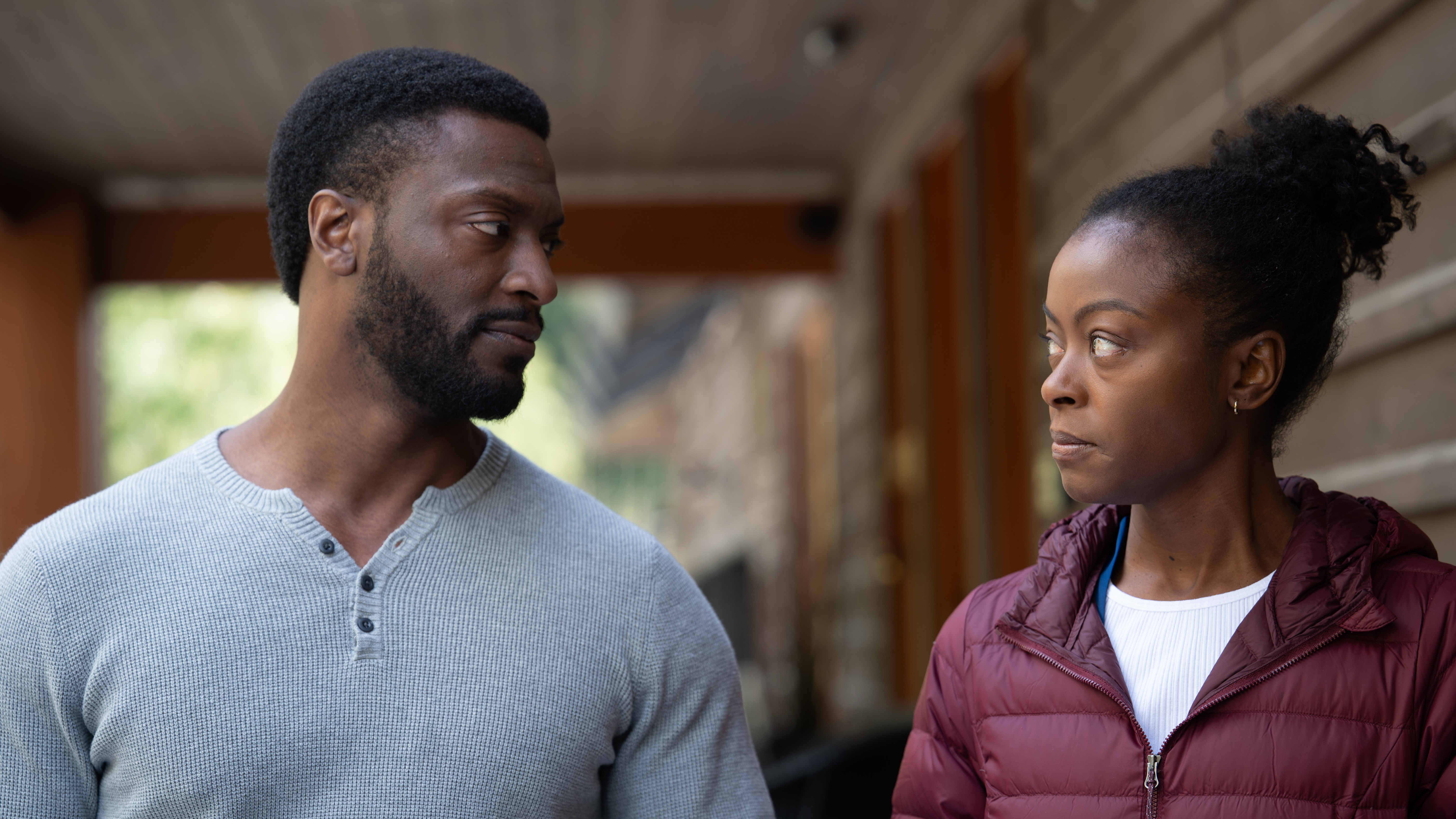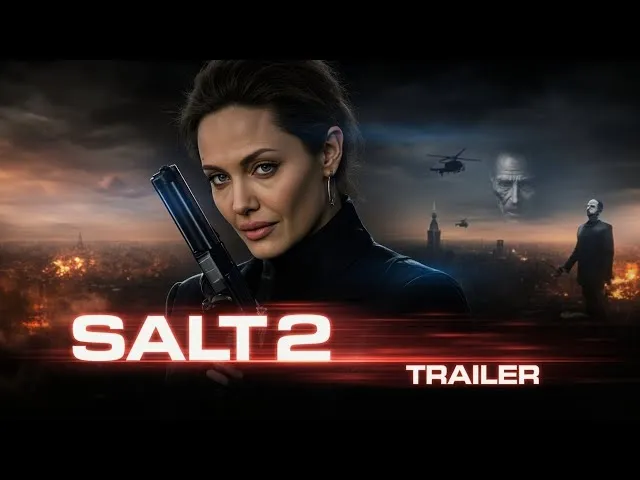"Two worlds, one fate — and the same face staring back at you."
In a fractured cosmos where science has torn the veil between worlds, Parallel Earth (2025) thrusts viewers into a reality both hauntingly familiar and terrifyingly alien. Dr. Elara Voss, a brilliant yet tormented physicist, leads a covert experiment to access a dimension she believes holds the key to humanity’s survival. But the moment the portal opens, two worlds bleed into each other — and so do their destinies. Every choice made in one Earth manifests in devastating ripples across the other, forging an inescapable bond between realities.
The film unfurls with an atmosphere of mounting dread as Elara discovers her counterpart in the parallel world — a colder, ruthless version of herself who believes that dominance, not coexistence, is the only path forward. Their encounters are a chilling dance of intellect and morality, where every conversation is a chess move, and every decision could shatter billions of lives. Director Kaelen Miro crafts this duality with striking visual parallels — cities half-lit in neon and shadow, skies bruised with alien constellations, and streets where the same faces walk but carry different histories in their eyes.

Yet Parallel Earth is not merely spectacle; it is a study of identity and consequence. As Elara navigates betrayals on both sides, she is forced to question whether her actions are truly her own — or if both versions of her are bound to repeat the same inevitable mistakes. The story moves with relentless precision, each scene a tightening coil of suspense, until reality itself begins to splinter and the audience can no longer tell which world they inhabit.
Tension escalates when the fragile truce between the two Earths collapses. The counterpart’s government deploys covert agents to replace influential figures in our world, creating fractures in politics, culture, and trust. The visual storytelling here is breathtaking — reflections in broken glass showing two different faces, whispers echoing in rooms where no one stands, and moments where a character turns only to see themselves staring back from across the street.

As the climax approaches, Elara must decide whether to destroy the bridge between worlds — a move that could save her Earth but condemn the other to collapse — or to gamble on a dangerous plan to merge the timelines, creating an entirely new and unpredictable future. Her journey is one of sacrifice, self-recognition, and the haunting realization that no matter the universe, humanity’s greatest enemy might always be itself.
Parallel Earth (2025) leaves audiences with a lingering unease: that somewhere, just beyond the edge of perception, another version of you is making a choice — one that might already be rewriting your life. With its fusion of intimate character drama and high-concept science fiction, it stands as a mirror to our own decisions, daring us to wonder which world we truly deserve.
-1754618489-q80.webp)

-1755664213-q80.webp)
